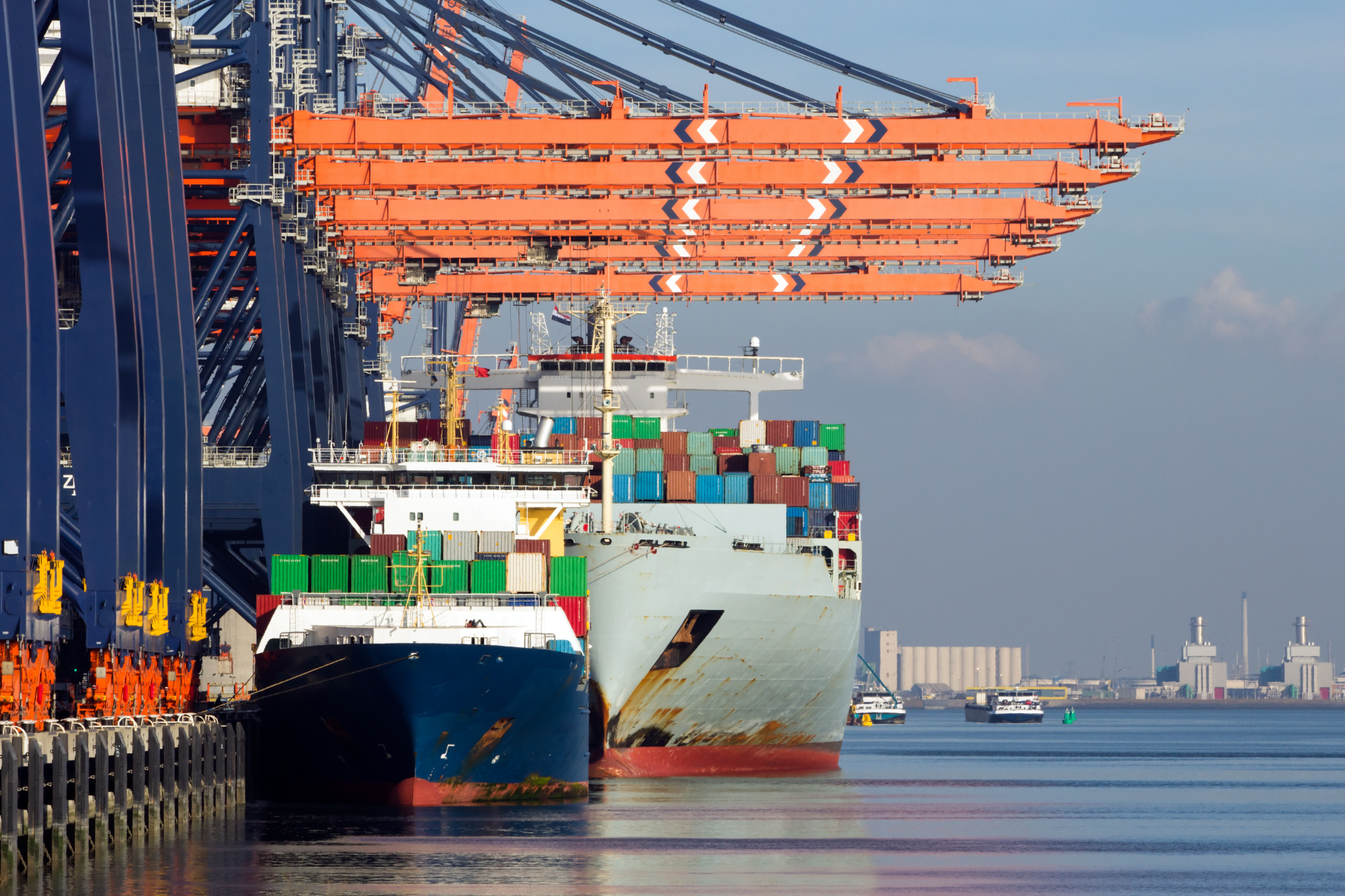The legacy
In the 13th century, when Rotterdam was just beginning to etch its place on the map, its port had a trading function. Located near the North Sea and the Rhine River, it made an ideal hub for international trading. Between 1962 and 2004, the Port of Rotterdam was the largest in the world, a sea-through accomplishment that throughout centuries, Rotterdam has been a strategic maritime location and deserves its vital link in the global trade network.
Connecting Continents
Its growth in the years after mirrors the evolution and transformation in international trading. And one of the key strengths of the Port of Rotterdam lies in its connectivity. The port is a vital link between Europe and the rest of the world, with the Rhine River being the main doorway to and from (for example) Germany, England and Belgium.
Career opportunities
The port has around 1,300 employees in all kinds of branches, serving as a beacon for diverse career opportunities. With roles in engineering, ship- and yacht-building, logistics and supply chain management, and international trade and business development there are numerous different roles walking around.
Future plans
As we sail further into the 21st century, the Port of Rotterdam has lots of ongoing projects to expand capacity, improve connectivity and enlarge investments in infrastructure, sustainability, and technology. The city is committed to being a leader in the maritime industry and guiding ships from all continents to its shores.





